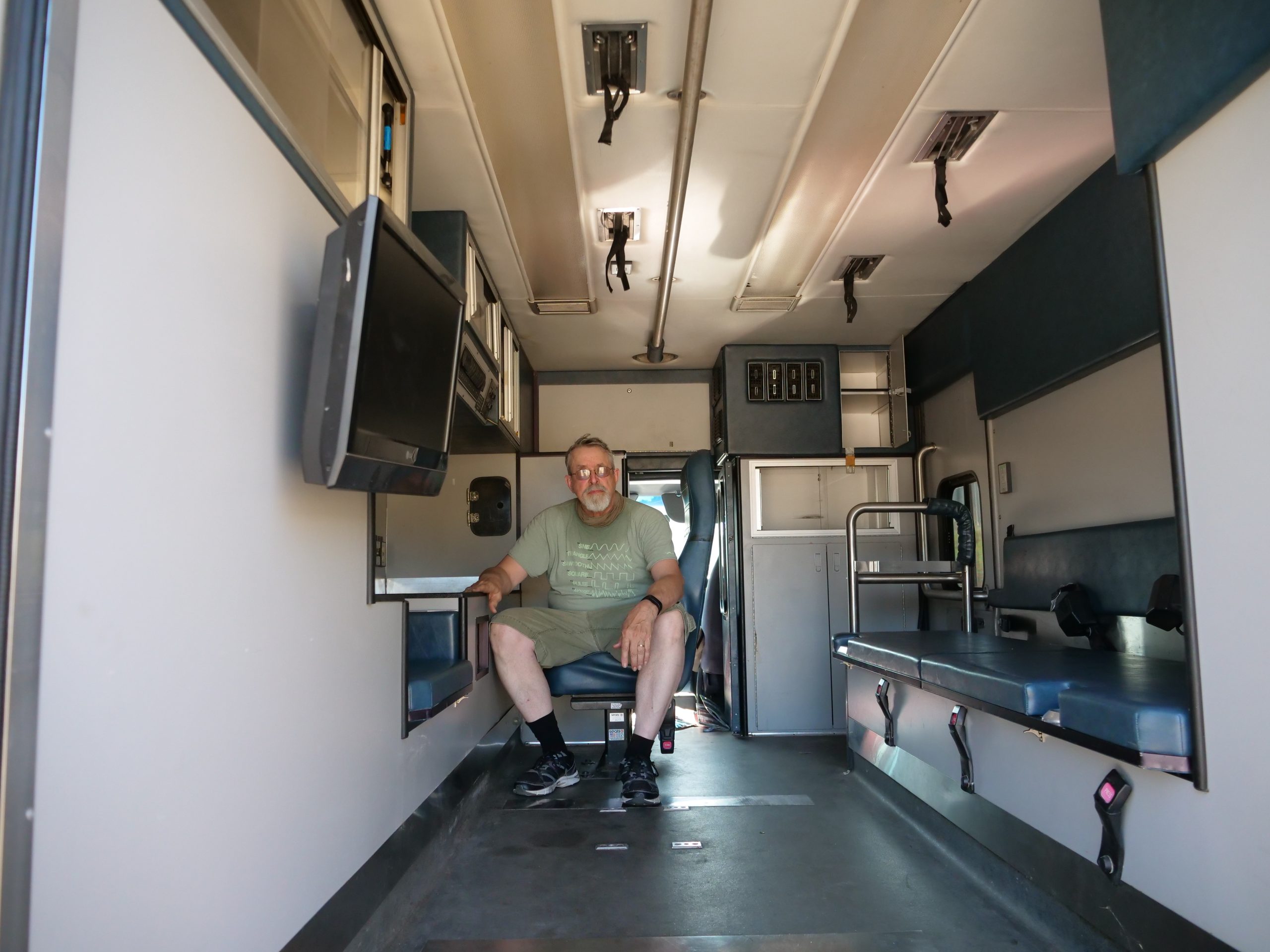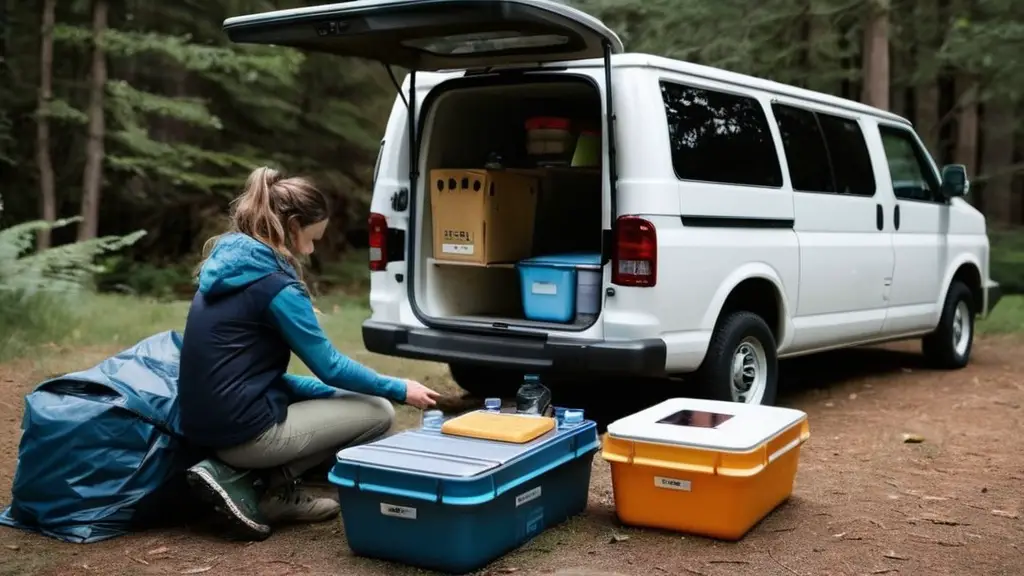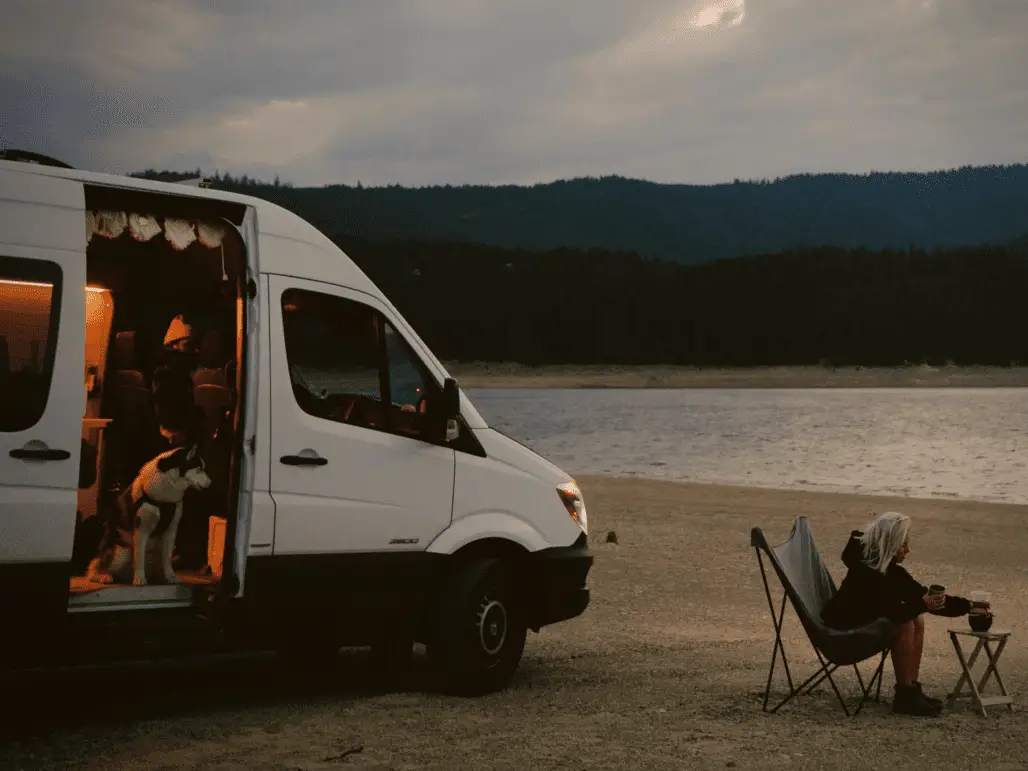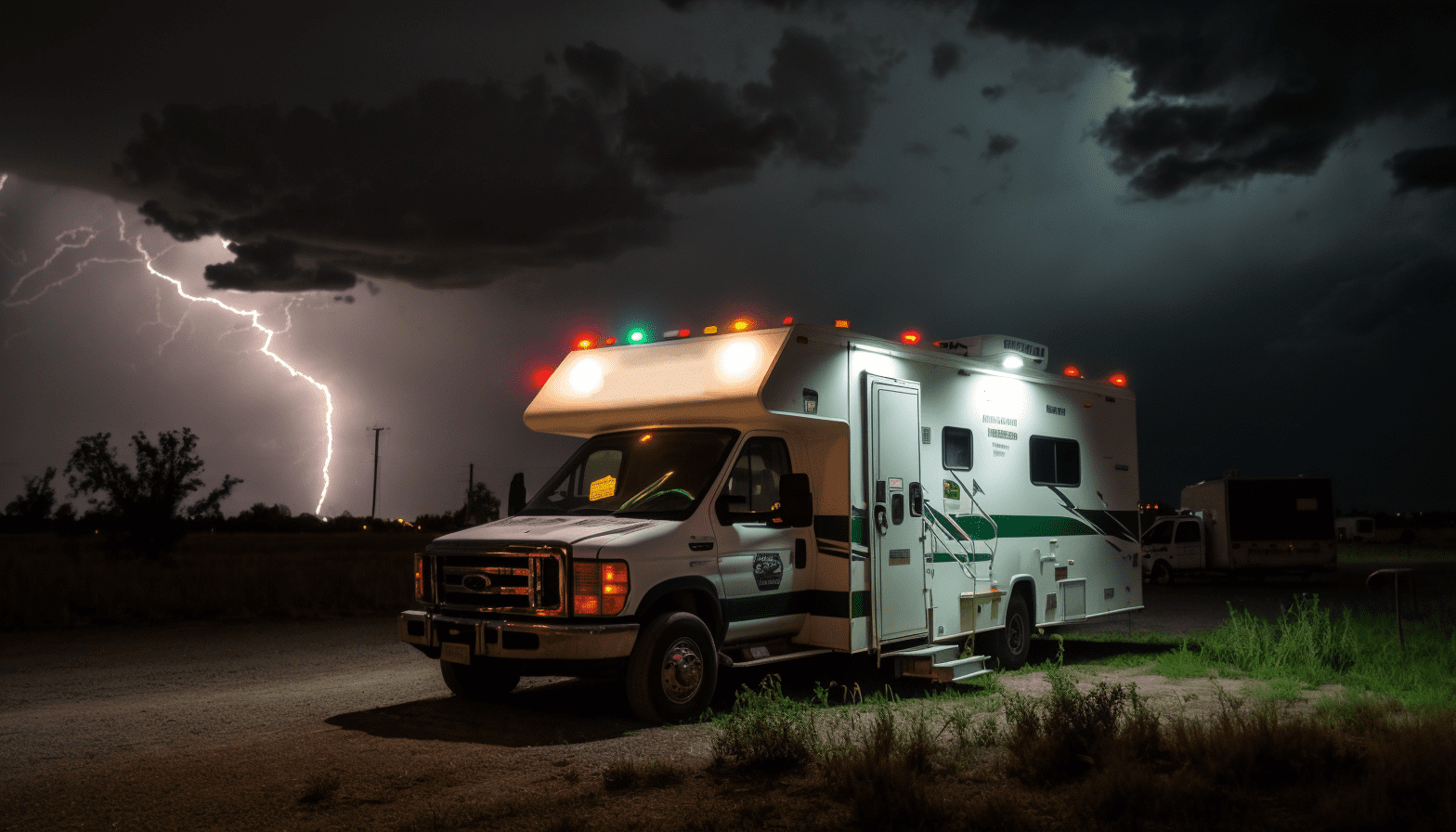I was skeptical about the idea of converting an ambulance into a camper van. I thought it was a crazy idea, but when my wife suggested it, I didn’t think twice. We were both excited about the prospect of ambulance camper boondocking and turning an old ambulance into a mobile home.
We did some research and looked around the net for the people that have done this, and then we went to YouTube and saw that it was indeed possible. So here are some of the advantages and disadvantages we had to consider before shopping for our new vehicle.
Advantages of an Ambulance Conversion To RV
Drawbacks of an Ambulance Conversion To RV
Are You Sure You Want To Buy An Ambulance Camper?
If you are looking for a new vehicle, then it is important that you do your research. You need to know what you are getting into before you make the purchase. When buying a used car or truck, there are many things to consider.
Putting everything together, I think a second-hand ambulance would make a good conversion project if you have a limited budget but want something high-quality.
Be creative enough to design your own conversions instead of copying others’ designs.
You want to do your conversions incrementally and use them as you go along, using the features already there until they can be replaced by your own.
Identifying Used Ambulance Models and Types
There are two main types of ambulance manufacturers in each ambulance. The first is the manufacturer of the vehicle itself: Ford, Chevrolet, etc. The year listed corresponds to the year the vehicle you’re looking at was made. The model of the vehicle will also be listed, for instance, Ford E350 or Chevy C4500. The engine model (fuel type and size) should also be listed. My preferred model and engine is the Ford E350 7.3 Diesel engine. It would have been ideal if it was a four-wheel drive
The second is the manufacturer of the ambulance-specific components who takes the chassis and turns the ambulance into an actual ambulance. These ambulance companies’ names will be unfamiliar to most people, for example, McCoy Miller, Medtec, Horton, Road Rescue, and Wheeled Coach (a mobility vehicle manufacturer ).
Type 1 and III ambulances are usually box-mounted on a cut-away chassis (more on types of ambulances below). If the ambulance has been remounted onto a new chassis, the box will be older than the chassis year listed. These are called “remounts.”
Which Type of Vehicle Makes The Best Ambulance Camper?
Each ambulance type has different benefits when converted into an RV. Whether you are looking for a full-size, mid-sized, or compact model depends on what you want out of your ambulance camper road trip. There are many factors that go into choosing the right vehicle for your needs, including price, size, weight, construction materials used, amenities included, etc. Here are the different ambulance types and how they compare.
Type 1 (Type I) is an ambulance box mounted on a pickup truck style chassis. The driver compartment resembles a pickup truck. The connection between the cab and the patient module is a small pass-through that looks like a window.
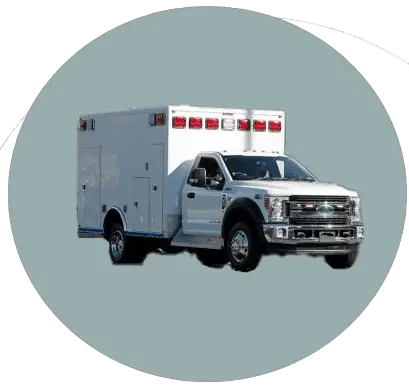
Type 2 (Type II) is a van-based ambulance, such as a Mercedes Sprinter or Ford Transit. The cab area and patient area are open aisles.

Type 3 (Type III) is an ambulance box mounted on cutaway vans. The cab is an integral part of the ambulance unit. The connection between the cabs and patients modules can vary in appearance, however, they usually look more like a door than a window. It makes transferring items between the patient compartment and the driver compartment easier.
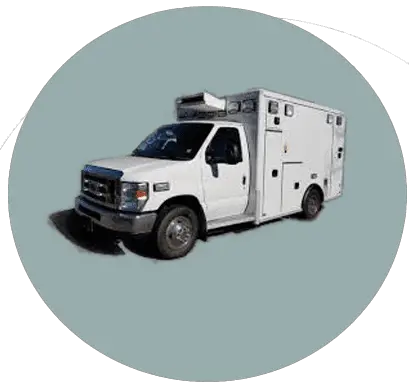
Where To Buy A Used Ambulance
Decommissioned ambulances for sale aren’t hard to come across. You just have to know where to look. There are plenty of online resources to help you out. Here are some places to start looking:
Craigslist.org – This popular site offers both local listings and national ads. Searching “ambulance” brings up thousands of listings.
CommercialTruckTrader.com – This site specializes in selling trucks, parts, and equipment. Search for “ambulance” and you’ll see hundreds of listings.
eBay.com – eBay is another great place to shop for used vehicles. Just type “ambulance” into the search bar and you’ll get lots of options.
Ambulancedepot.com – This site sells refurbished ambulances. They offer a variety of makes and models, including EMTs, fire trucks, and police units.
Ambunet.com – This site lists many used ambulances, but requires asking for additional details to get a price.
In Conclusion
If you’re convinced by the idea and want to buy a used ambulance as your blank canvas for a camping conversion, then this site is all about the things you need to look out for when shopping for one. Some types of ambulances are ideal for converting into camper vans, but others have some drawbacks, so there are many factors to take into consideration. If I had known this before I started, I would have been able to save myself a lot of time and effort.

